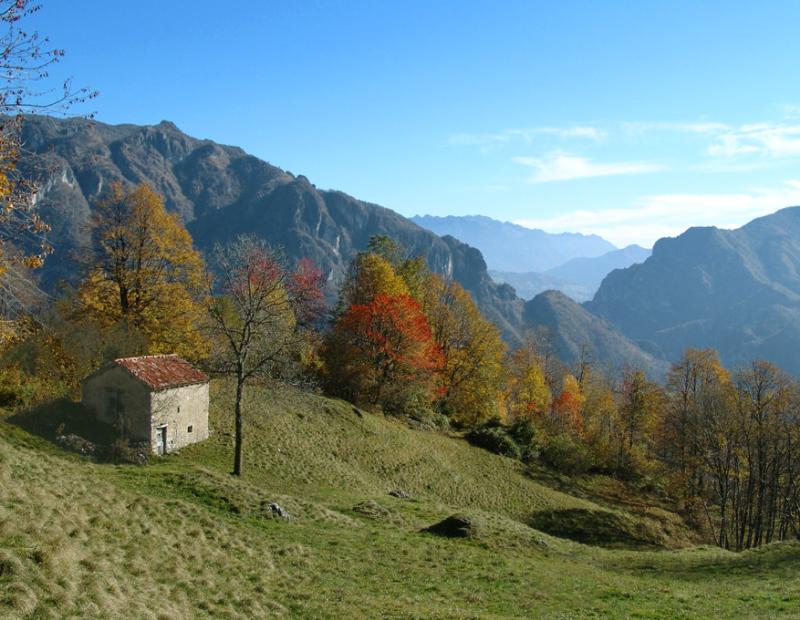It’s a cow cheese but you can certainly make it with Nigerian milk, or any high-butterfat winter milk. Like a lot of great cheeses, there is not a set recipe – Peter Dixon’s raw milk recipe calls for no culture (he grudgingly allows a dash of TA 50 thermophilic starter, a slow-acidifying and very mild culture typically used for cheeses like Muenster, if the milk has been stored), whereas the cheesemaking.com recipe uses a yogurt (also thermophilic) culture. I personally would use the TA 50. Cheesemaking.com also calls for brining rather than hand-salting. I wouldn’t do that. I would hand salt. But if you don’t have 100 pounds of milk (12 gallons) or ancient Italian caves you might do better with the cheesemaking.com recipe.
Taleggio is traditionally aged on wooden boards; you usually can’t do that in a Grade A facility. But if you are aging cheese at home, find yourself a hardwood board, something like locust or a fruitwood. The board becomes a reservoir for the cheese’s moisture.


